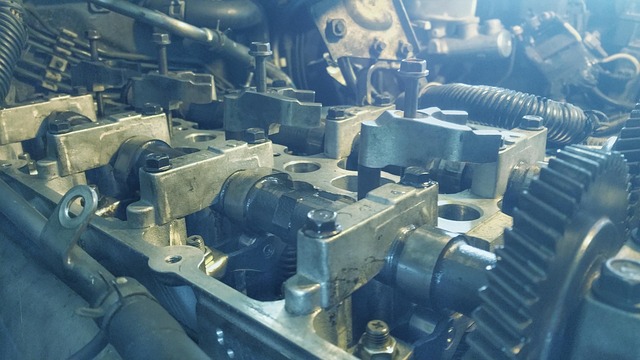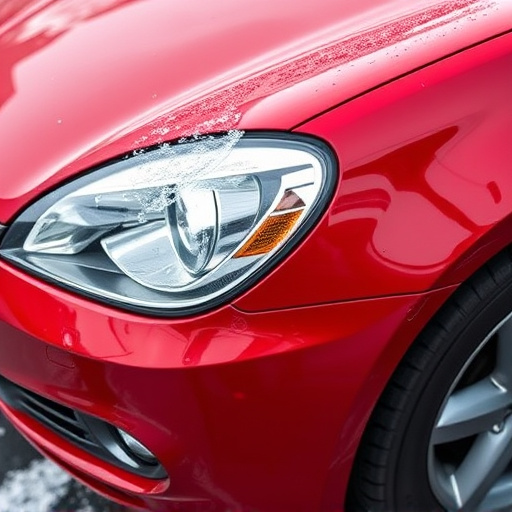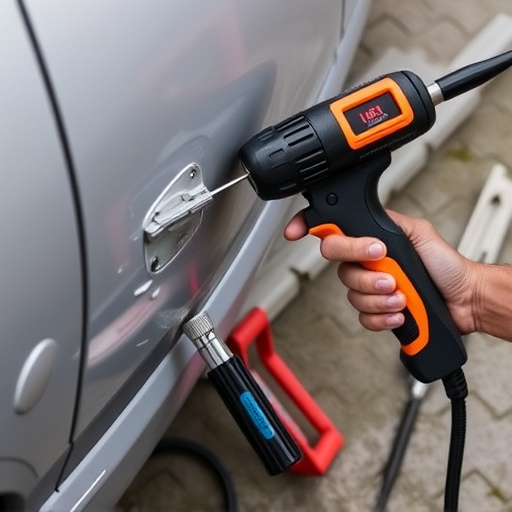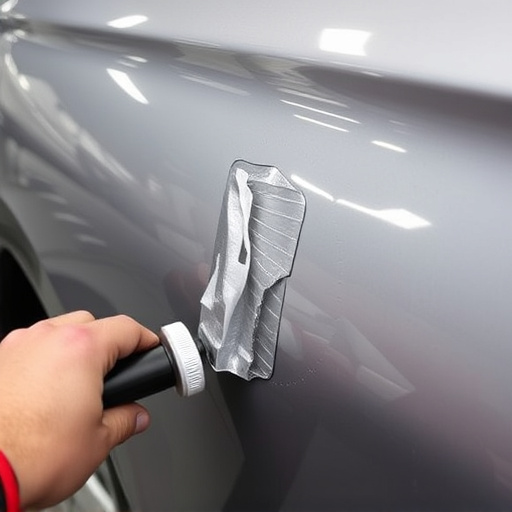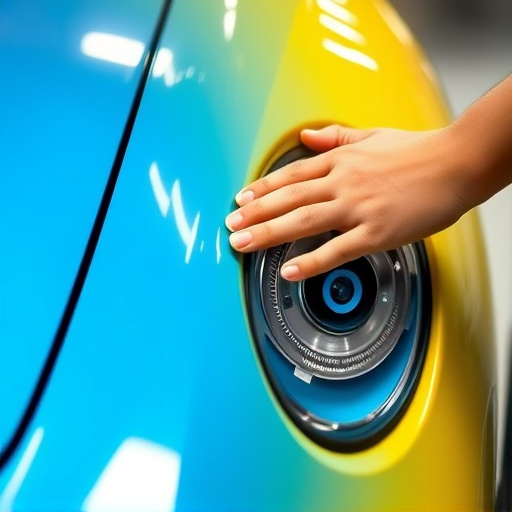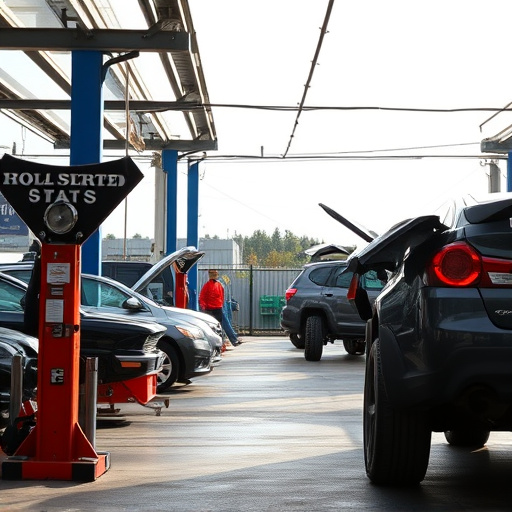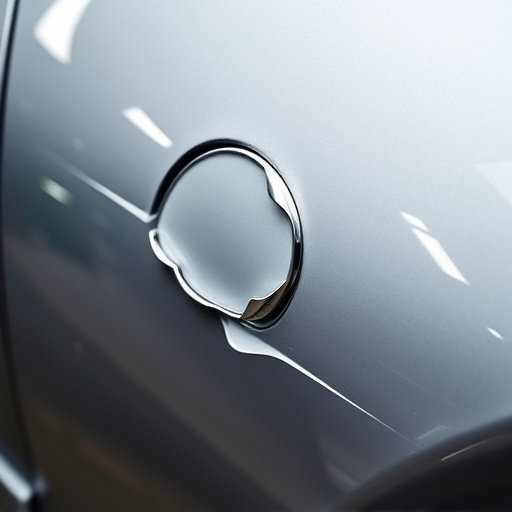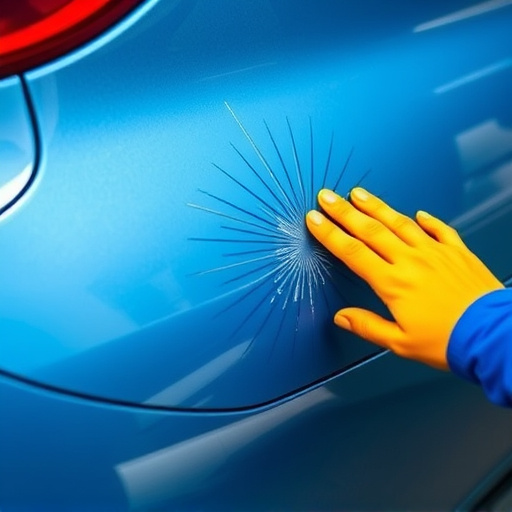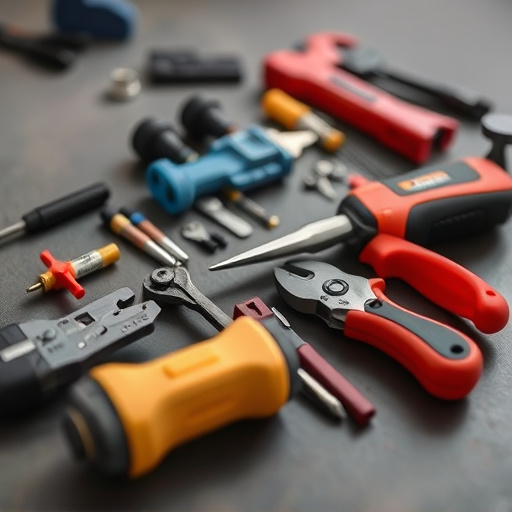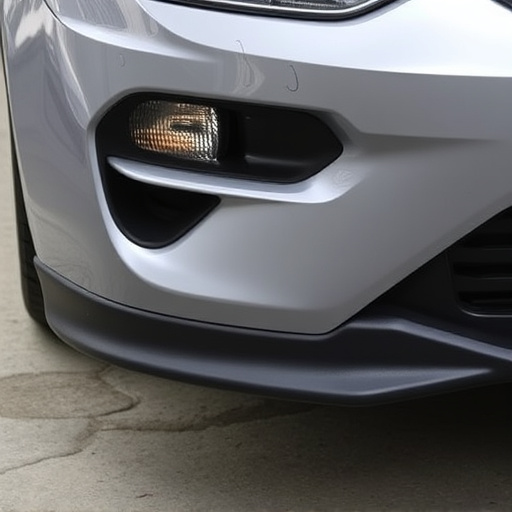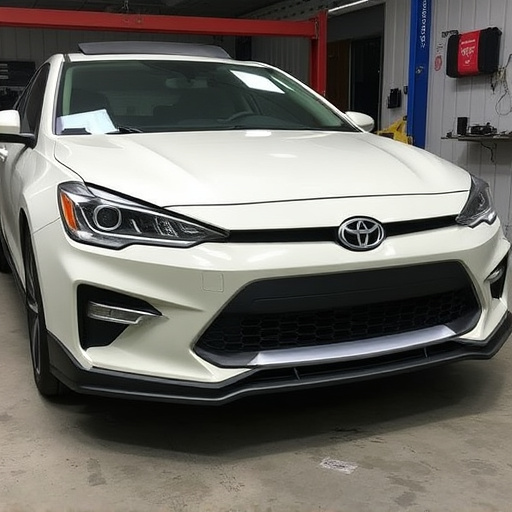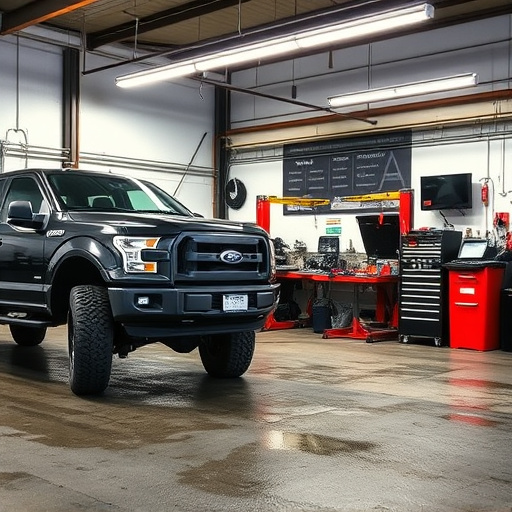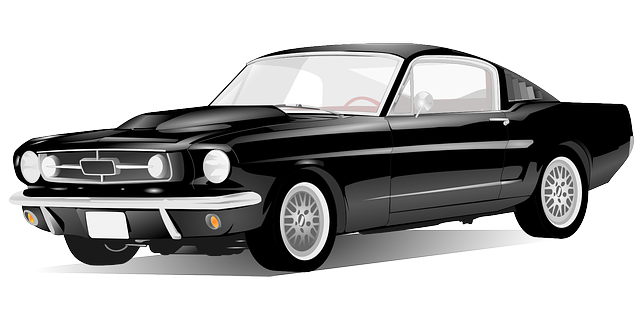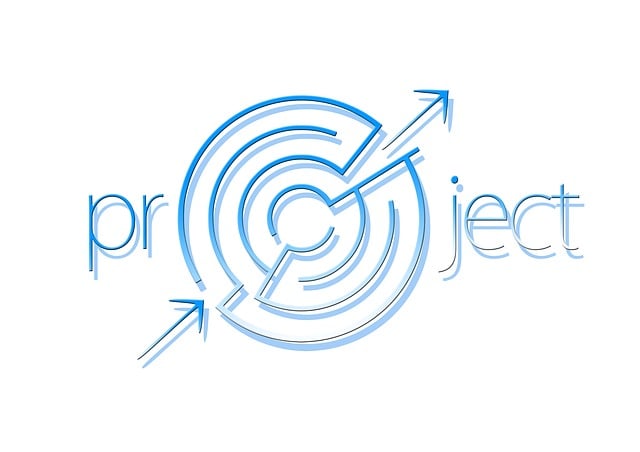Choosing bumper replacement parts involves balancing cost and quality. OEM parts ensure perfect fit, safety standards, and higher vehicle value but are pricier. Aftermarket parts offer budget-friendliness and customization but require thorough research for compatibility and warranty. Proper installation techniques, including cleaning, using correct hardware, and adhering to manufacturer instructions, are crucial for both types of parts to maintain aesthetics and safety. For vintage cars, expert advice from a reputable shop is recommended for complex bumper designs.
When it comes to bumper replacement, understanding your options is key. This guide explores the world of original equipment manufacturer (OEM) and aftermarket components, helping you make an informed decision. Learn about the benefits and drawbacks of each, and discover crucial factors to consider before purchasing. Additionally, we provide expert installation tips to ensure longevity and safety. Whether you opt for OEM or aftermarket, this article equips you with the knowledge to navigate the process smoothly.
- Understanding OEM and Aftermarket Bumper Components
- Factors to Consider When Choosing Replacement Parts
- Installation Tips for Longevity and Safety
Understanding OEM and Aftermarket Bumper Components
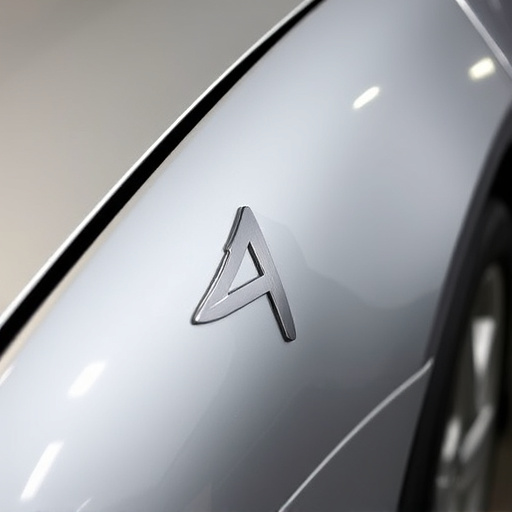
When considering a bumper replacement as part of your vehicle’s collision repair, understanding the distinction between Original Equipment Manufacturer (OEM) and aftermarket components is crucial for making an informed decision. OEM parts are specifically designed and manufactured by the car producer, aligning perfectly with your vehicle’s make and model. These original parts ensure a seamless fit, maintaining the car’s aesthetic appeal and structural integrity. Aftermarket components, on the other hand, are third-party products created to replace or upgrade factory parts. While they may offer more affordable options for bumper replacement, their compatibility and performance could vary.
Choosing between OEM and aftermarket depends on your priorities. If you seek a precise fit, superior quality, and enhanced vehicle value, OEM parts are the ideal choice. However, if budget is a primary concern or you desire customization options, exploring aftermarket alternatives might be worthwhile. A reputable collision repair shop can guide you in selecting the right components, ensuring your bumper replacement enhances safety, restores your vehicle’s beauty, and aligns with your specific needs—be it through professional car paint services to match the color or tire services for a smooth ride after the repair.
Factors to Consider When Choosing Replacement Parts
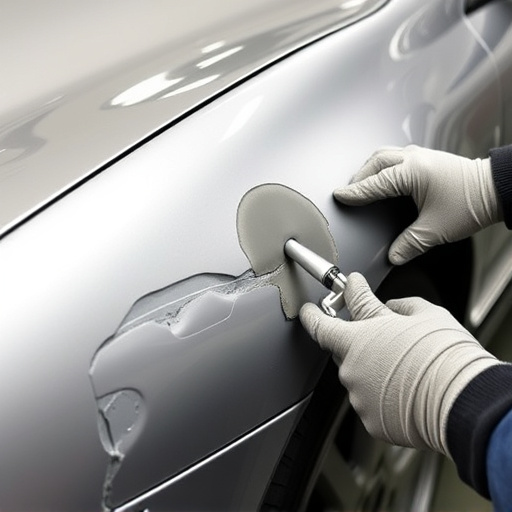
When it comes to replacing a bumper on your vehicle, whether for a modern ride or engaging in a classic car restoration, choosing the right parts is paramount. One key consideration is whether to opt for Original Equipment Manufacturer (OEM) parts or aftermarket alternatives. OEM components are genuine factory pieces, ensuring a precise fit and often backed by the vehicle’s manufacturer warranty. This choice guarantees compatibility and longevity, especially important for maintaining your car’s safety standards.
However, aftermarket parts offer a more diverse range of options at potentially lower prices. These can be a great choice for those looking to save costs or customize their vehicle. When selecting, ensure the parts are of high quality, compatible with your bumper replacement needs, and consider factors like warranty coverage and customer reviews (especially relevant when tackling tasks like auto maintenance or car scratch repair). Proper research will guarantee you get parts that enhance both the aesthetic appeal and safety of your ride.
Installation Tips for Longevity and Safety
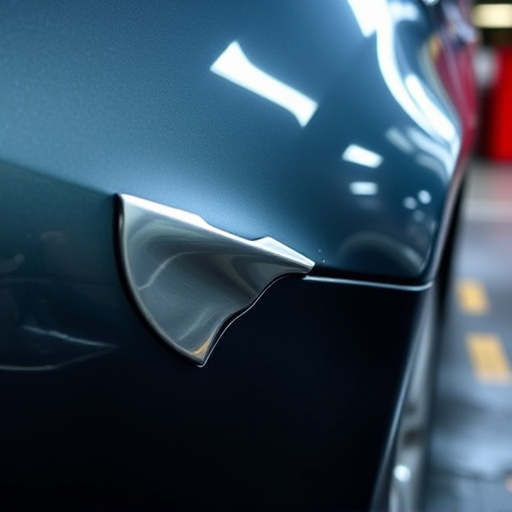
When undertaking a bumper replacement, whether using Original Equipment Manufacturer (OEM) or aftermarket components, proper installation practices are key to ensuring longevity and safety. Start by thoroughly cleaning and preparing the area around the bumper to remove any dirt, grease, or debris that could interfere with a secure fit. This step is crucial for both aesthetic reasons and to prevent contaminants from compromising the structural integrity of the new bumper.
Next, double-check that all hardware provided with the new bumper matches your vehicle’s specifications. Incorrect hardware can lead to improper alignment and potential safety hazards. Use only the recommended tools for installation, following the manufacturer’s guidelines precisely. For classic car restoration projects, where every detail matters, consider consulting a trusted car repair shop for guidance on best practices, especially when dealing with intricate bumper designs. Remember that proper alignment ensures not just a sleek appearance but also optimal performance in case of future collisions, enhancing overall vehicle safety.
When considering a bumper replacement, whether you opt for OEM or aftermarket components, it’s crucial to weigh factors like quality, compatibility, and safety standards. By understanding these aspects and following installation tips, you can ensure your vehicle retains its structural integrity and aesthetic appeal. Remember, a well-chosen and properly installed bumper replacement is not just about enhancing the look of your car but also contributing to its overall longevity on the road. For effective bumper replacement, stay informed and prioritize safety without compromising style.
